1. Pop-Out Vent Windows
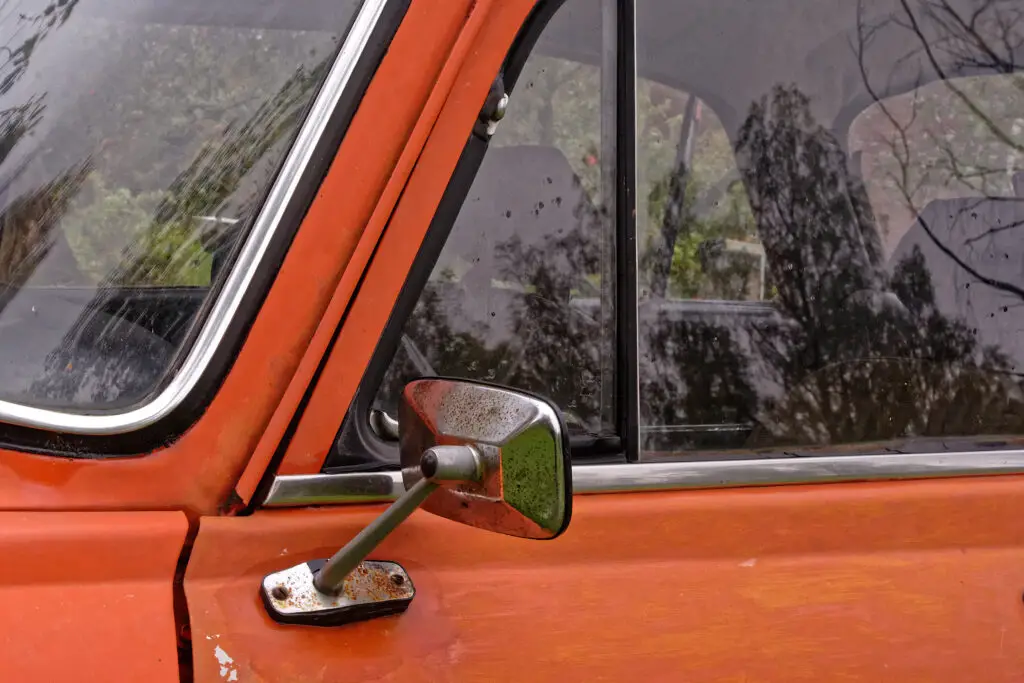
Remember those little triangular windows in the front of old cars that could pop open? They were called vent windows, and they let in a nice breeze without blasting you with full-on wind. Drivers loved them for smoking too, since they pulled the smoke out of the car quickly. Before air conditioning became common, they were a clever way to stay comfortable on the road.
They started disappearing in the ’80s when carmakers prioritized aerodynamics and cost-cutting. Today, you won’t find them on new cars at all, even though many drivers still say they miss the simple pleasure of cracking open that tiny triangle window. It was a small thing, but it gave cars character and made summer drives a little more bearable.
2. Floor-Mounted Dimmer Switches
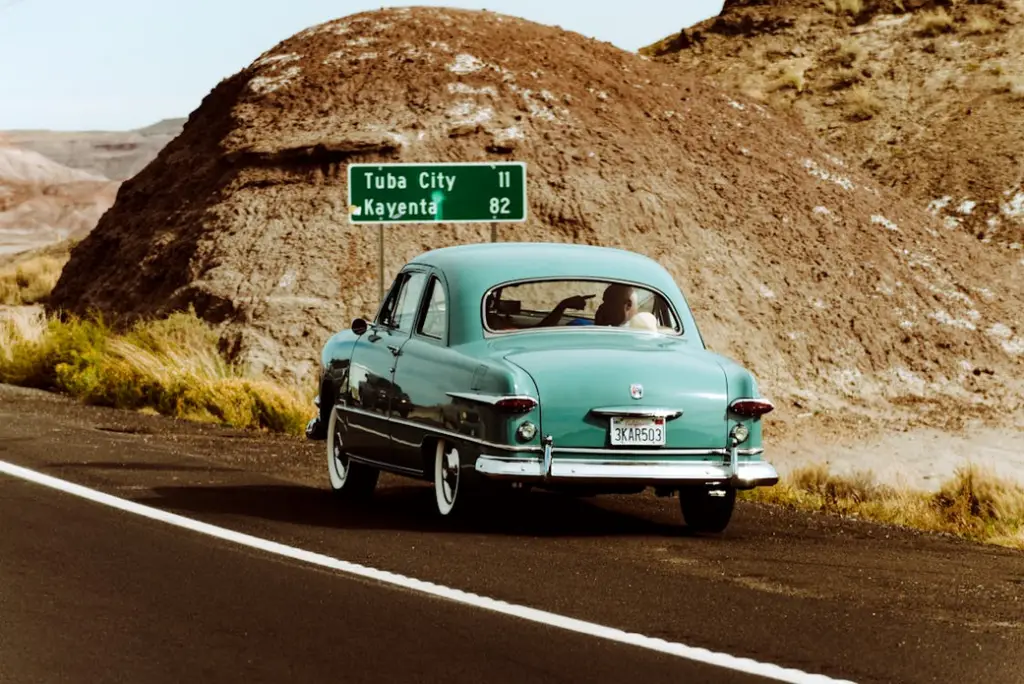
Older cars had the headlight dimmer switch on the floor, right next to the clutch or brake pedal. You’d tap it with your foot to switch between high and low beams. It felt like a sturdy, mechanical action, almost like a secret little trick built into the car.
These switches moved to the steering column in the ’70s and ’80s, making them easier to reach with your hand. But a lot of drivers who grew up with floor dimmers still talk about how natural it felt to keep both hands on the wheel and just use your foot. It’s one of those lost features that’s both practical and nostalgic.
3. Ashtrays and Cigarette Lighters
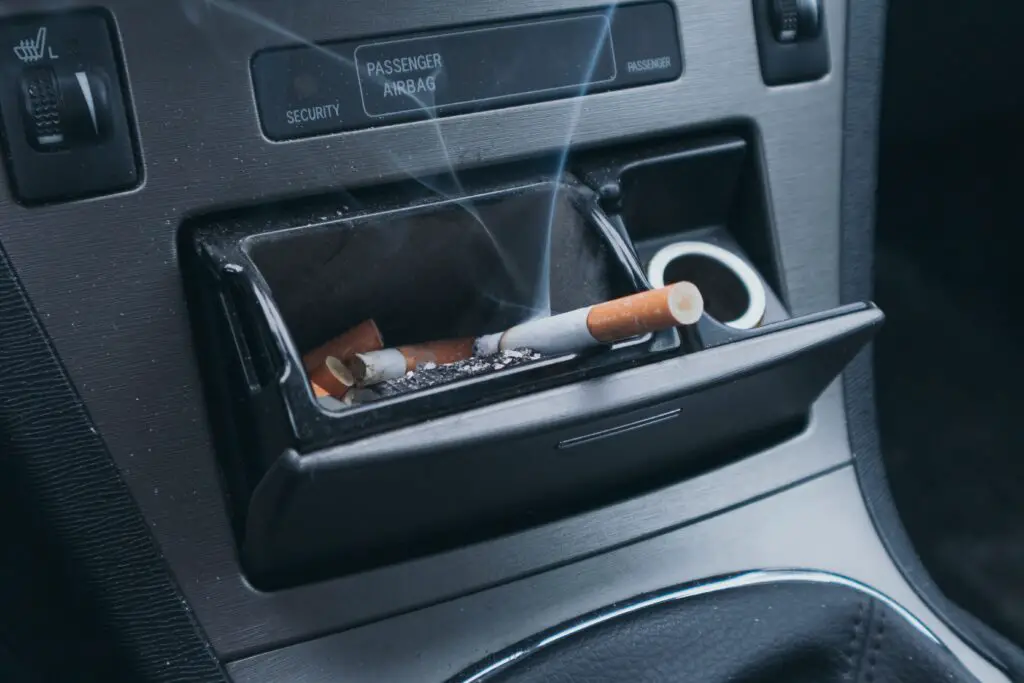
Back in the day, every car had at least one ashtray and a cigarette lighter. Some even had multiple ashtrays for the backseat passengers, complete with chrome trim. They weren’t just for smokers either, since the lighter socket doubled as a power source for accessories.
Modern cars replaced them with USB ports and cupholders, a reflection of how driving culture changed. While most people don’t miss the smell of stale smoke in a car, the old lighter socket was oddly reliable for powering gadgets. Today, kids wouldn’t even recognize that little push-in lighter if they saw one.
4. Retractable Antennas

There was a time when turning on the radio meant watching the car’s antenna rise smoothly out of the fender. It was a little piece of theater that made listening to music feel special. If you had a fancy model, the antenna might even retract automatically when you turned the car off.
Of course, antennas were also fragile, and many kids remember accidentally snapping them off while washing the car. With modern hidden antennas built into windshields or rear windows, the retractable kind is now a relic of the past. Still, seeing one extend felt like your car was “waking up” for the drive.
5. Fender-Mounted Turn Signals
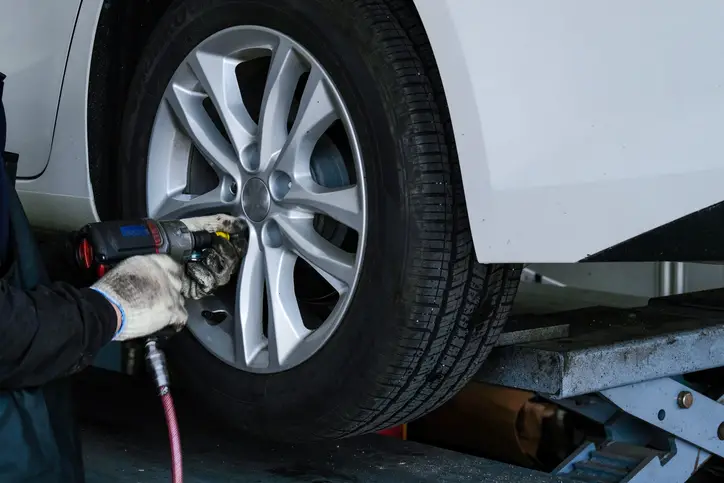
Some older cars had little indicators mounted on the front fenders, sticking up just enough so the driver could see them flashing. They made it crystal clear when your signal was on, which was especially helpful in cars with noisy engines or dim dashboards.
Eventually, manufacturers integrated signals into the dashboard display, making fender lights unnecessary. But there was something charming about watching those little arrows blink away while waiting at a stoplight. It was almost like the car was giving you a friendly reminder not to forget your blinker.
6. Manual Window Cranks
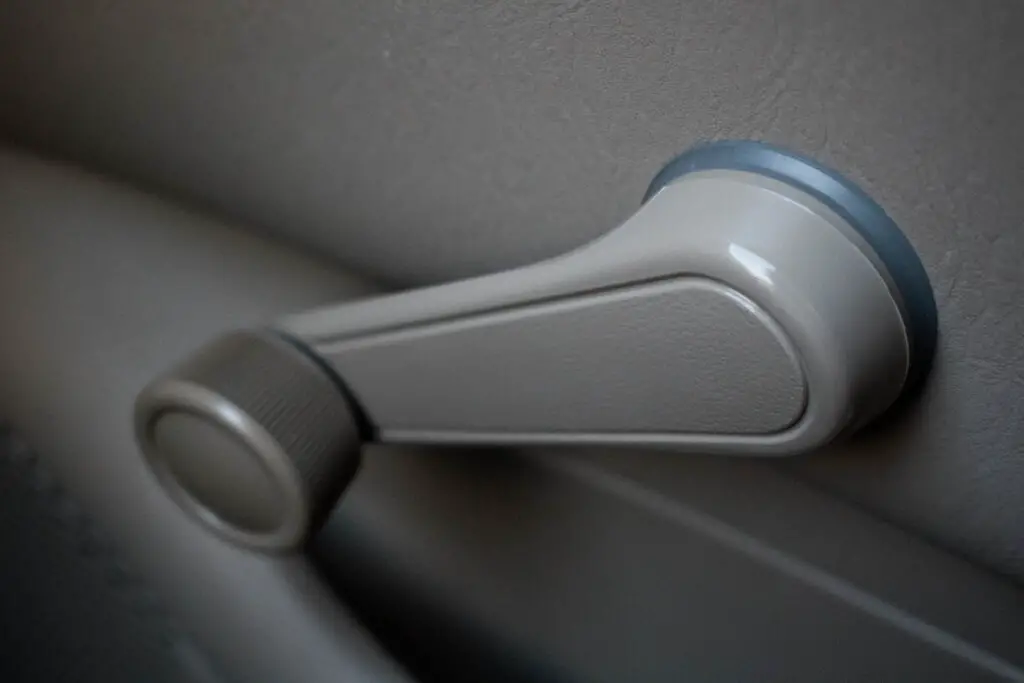
Before power windows, every car had a little handle you had to turn to roll the glass up or down. For kids in the back seat, it was almost a game, and sometimes an arm workout, to get the window all the way up. Parents often told kids to stop playing with the crank, but that didn’t stop them.
These days, manual cranks are nearly extinct in North America. They’ve been replaced with the push of a button, which is more convenient but less interactive. Some people even miss the satisfying click-clack sound of the mechanism as the glass slid into place.
7. Bench Seats in the Front
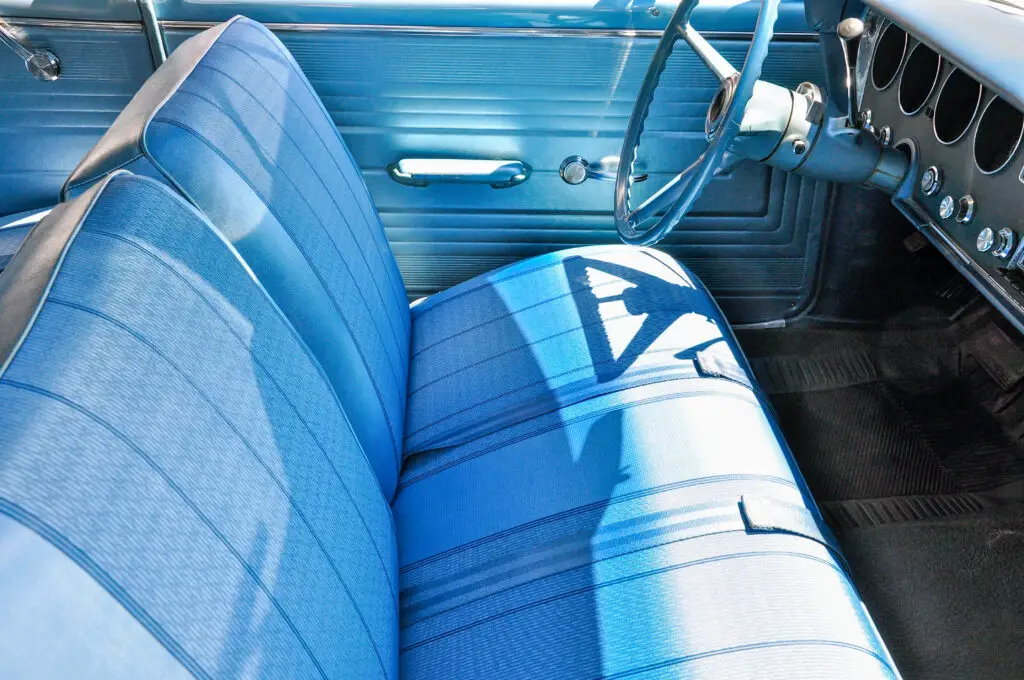
Plenty of classic cars came with a single bench seat across the front instead of separate driver and passenger seats. It made cars feel roomy and cozy, especially for families or young couples who liked to sit close together. If you’ve ever seen old movies where a driver and passenger slide right into the seat, that’s why.
Bucket seats with center consoles eventually won out, since they’re safer and more practical. But bench seats gave cars a certain laid-back vibe, like you were in a moving couch. It’s one of those small features that really highlighted how cars used to feel more like living rooms on wheels.
8. Hand-Cranked Chokes
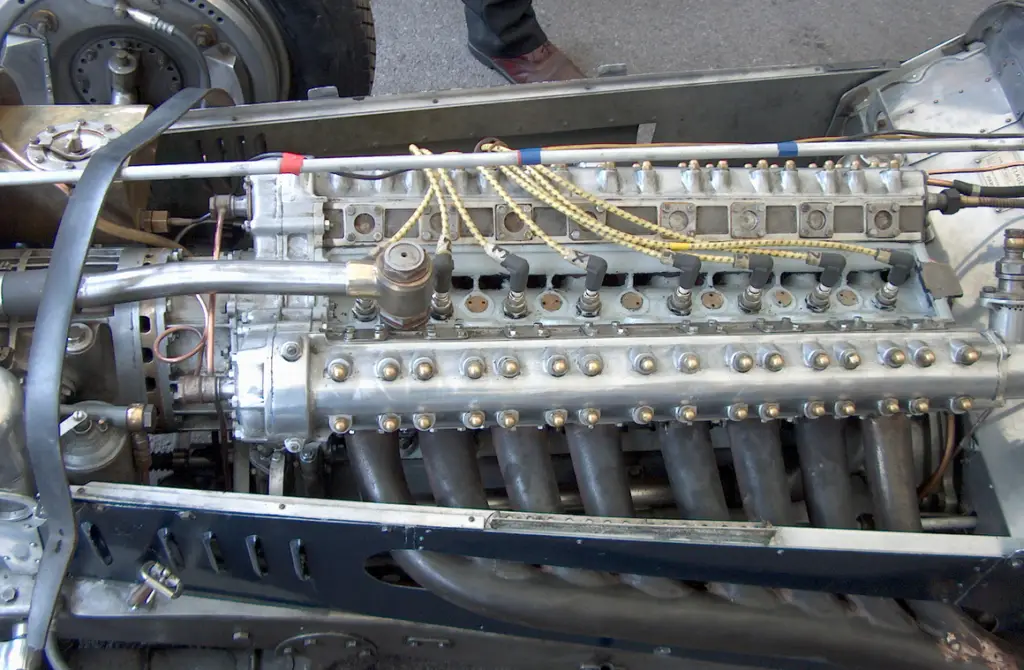
Carbureted engines used to need a little help starting, especially on cold mornings. That’s where the choke knob came in. You’d pull it out by hand to adjust the fuel-to-air mixture, then push it back in once the engine warmed up.
Today’s fuel-injected engines start up instantly without any fuss, so the choke is long gone. Still, older drivers remember the ritual of fiddling with the knob, sometimes giving it just the right touch to coax the car awake. It was quirky, but it made driving feel more hands-on.
9. Rear-Facing Third Row Seats

Some station wagons had a third row of seats that faced backward, giving kids a view straight out the back window. It was a thrill for kids and felt like their own little clubhouse on family road trips. Waving at the cars behind you was part of the fun.
These seats disappeared mostly due to safety regulations and the rise of SUVs. But anyone who grew up in a wagon with a rear-facing seat remembers how unique it felt. It turned every drive into a little adventure, even if it made some passengers carsick.
10. Hideaway Headlights

Hideaway or “pop-up” headlights were once a mark of a sporty or stylish car. They gave vehicles a sleek look when closed, then popped up dramatically at night. It was like the car had eyes that opened only when it was ready to roll.
They eventually disappeared because of safety standards and the complexity of the mechanism. But for many people, cars with pop-up headlights still have a certain charm. The way they clicked open made driving at night feel just a little cooler.
11. Built-In Toolkits
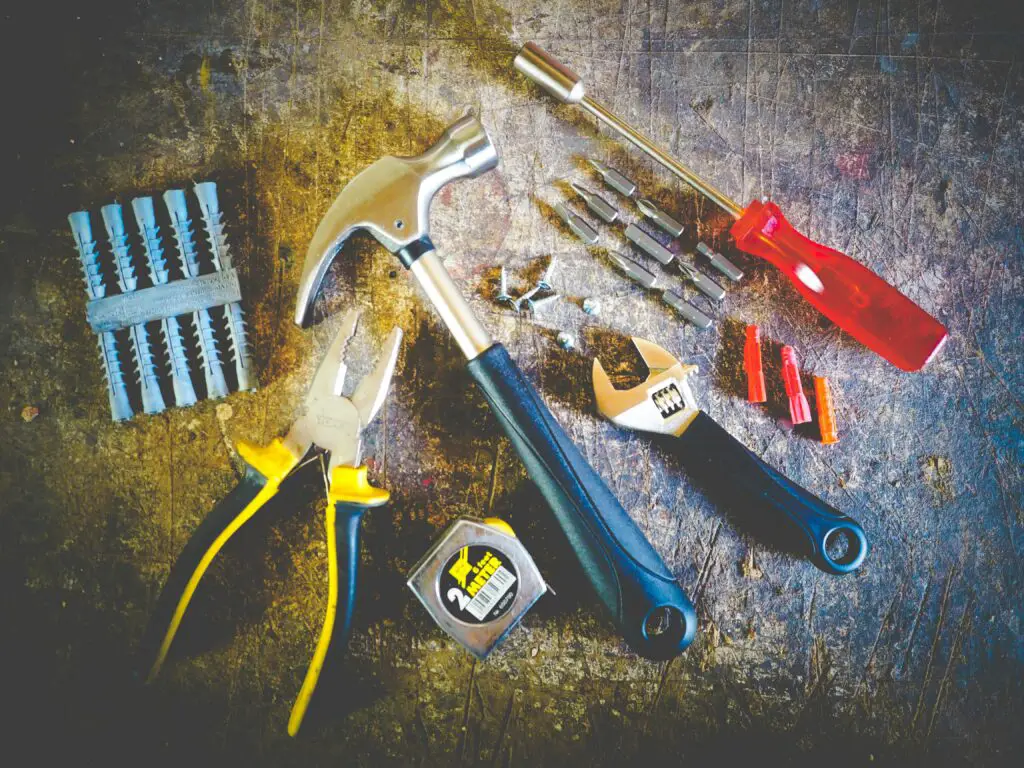
Many cars, especially European models, came with small toolkits tucked into the trunk lid or glove compartment. These included things like screwdrivers, wrenches, and spare fuses. The idea was that drivers should be able to handle small repairs themselves.
With cars becoming more complex, the days of DIY roadside fixes are mostly gone. Today’s toolkits have been replaced by roadside assistance numbers and digital alerts. Still, those little kits were a reminder of a time when car ownership meant being hands-on and prepared.
12. Curb Feelers
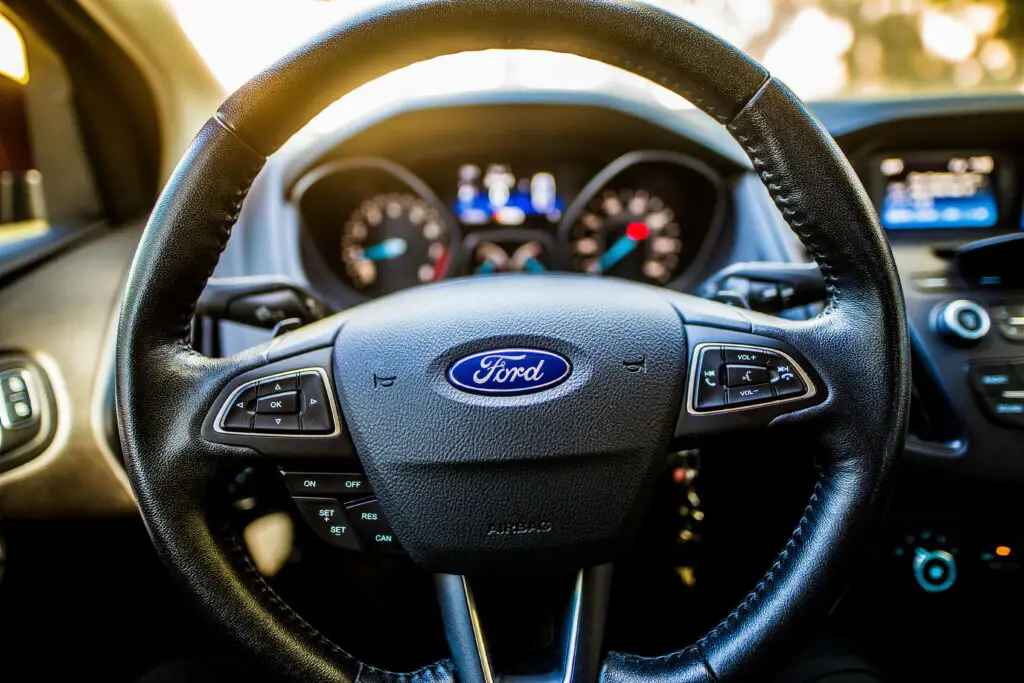
These were little springy wires that stuck out from the wheel wells and made a scraping sound if you got too close to the curb. They helped drivers avoid scuffing their whitewall tires or scratching hubcaps. The sound wasn’t pleasant, but it was effective.
By the ’80s, they fell out of favor as drivers got better at judging space and cars became easier to maneuver. Still, they were a clever solution to a common problem, and some lowrider enthusiasts keep them alive today. They may be gone from most cars, but curb feelers are one of those quirky inventions that make people smile when they remember them.
